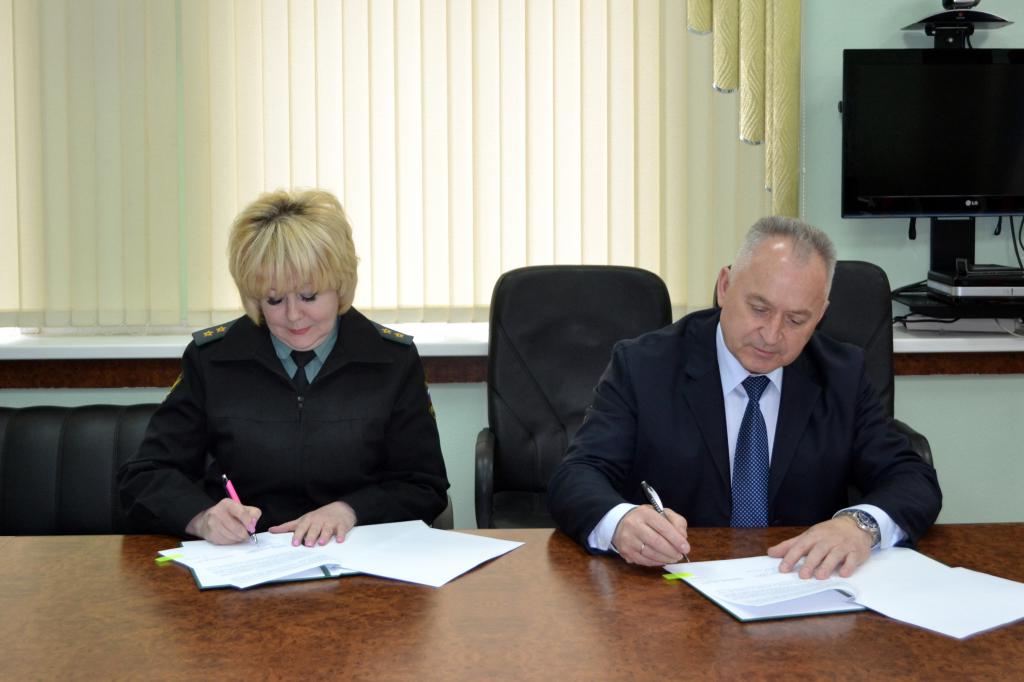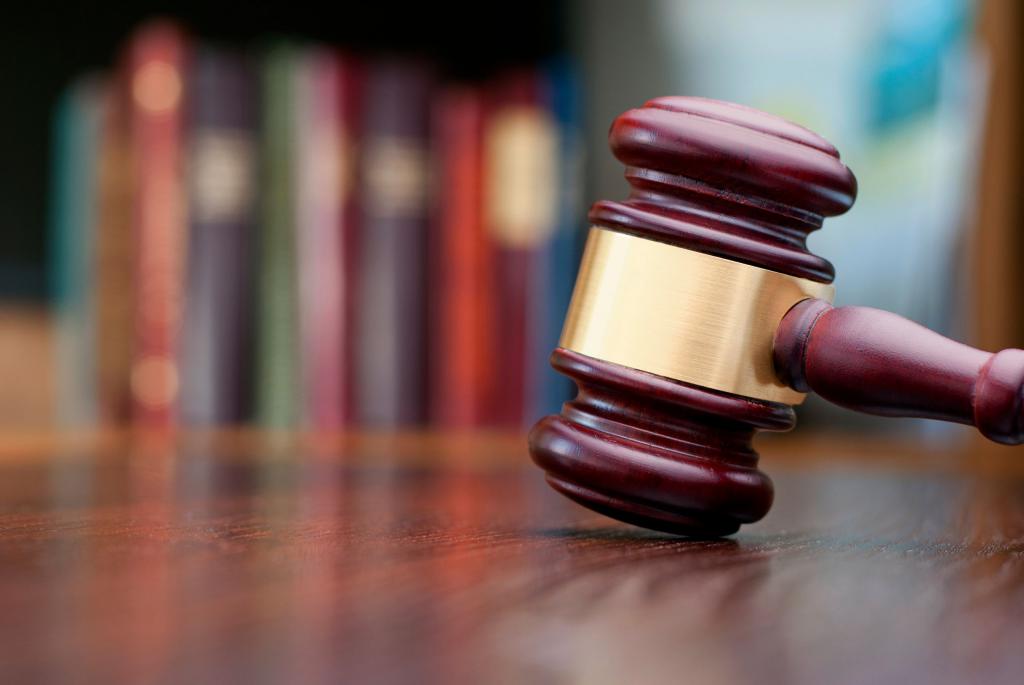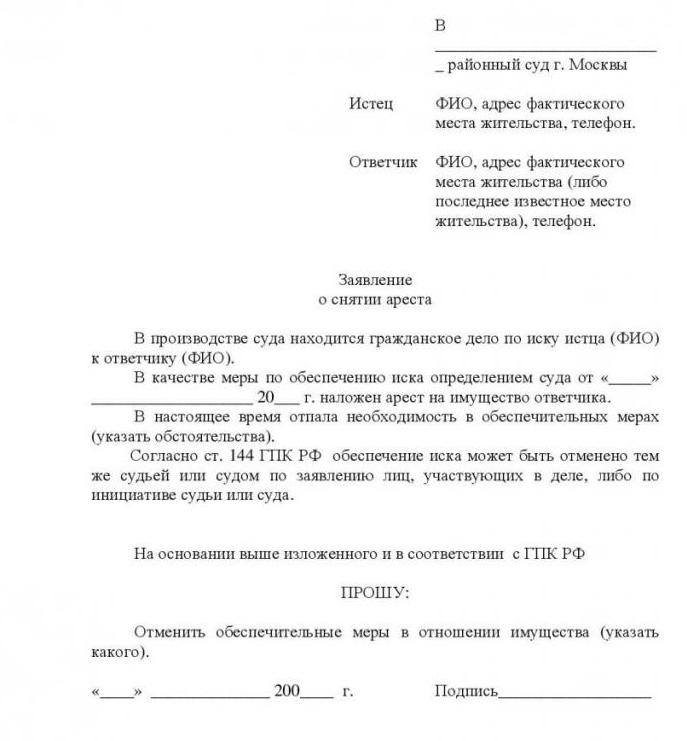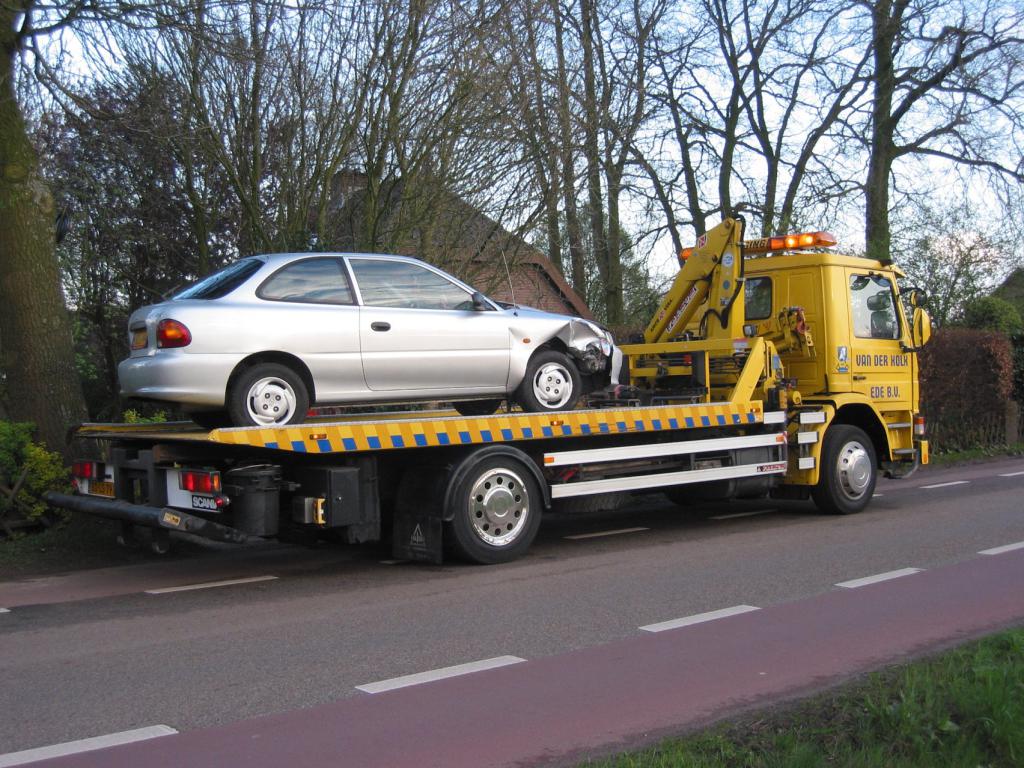Any person can have debts for various reasons. Often, people get large loans without thinking about the fact that they simply do not have optimal conditions for timely repayment of loans. Therefore, there is a significant debt, which should be quickly repaid. Under such conditions, creditors go to court, after which enforcement proceedings are instituted. Therefore, then the bailiffs act in different ways on the debtor so that he repays his debts. Different methods can be used for this, moreover, the car is often arrested by bailiffs. This leads to the fact that a burden is imposed on the property, so the citizen will no longer be able to sell or carry out other similar actions with the machine.
Concept of arrest
It involves the imposition of restrictions on the disposal of the property of a citizen, and also acts as the first stage of the forced collection of money from the debtor. The seizure of a car by bailiffs has the following features:
- seizure may be imposed only on the basis of a special statement drawn up by creditors;
- the procedure is implemented the day after the bailiff receives a statement;
- after the seizure of the debtor, the right to dispose of his property is canceled;
- the owner cannot put up a car for sale or sign a contract of sale with other citizens;
- a copy of the arrest act is sent to the Federal Registration Service, which allows you to officially record the encumbrance;
- an arrest is lifted only after the debtor completely repays the existing debt;
- if even after applying such a restriction a person refuses to return the funds, then the bailiffs can sell the car at auction, after which the funds received from this process are sent to creditors.
If the debtor tries to take advantage of various transactions for the sale of property, then all drawn up and signed contracts are easily recognized as invalid. The arrest of a car by bailiffs is carried out only in the presence of witnesses. An act of seizure is executed by specialists, and an inventory of property is also drawn up.
Usually bailiffs do not seize the car from the owner, but if it is a malicious payer or there are reasons to believe that a citizen can get rid of the car in different ways, then the car is sent to the parking lot belonging to the bailiffs service or is provided for storage to exactors.

Reasons for the arrest
If the bailiff seized the car, then there are certainly good reasons for this. Most often, this procedure is used if there are the following reasons:
- there are debts on loans, and the bank cannot otherwise transfer funds from the borrower, therefore, even restructuring or other methods of resolving the conflict does not help, which leads to the need to go to court and attract bailiffs;
- there are debts to individuals that can be officially proved and collected through the courts, and most often women have to turn to this organization who, after a divorce, are raising children and want to receive child support in a timely and full amount;
- the car is the subject of a dispute, with court intervention usually required when sharing property with former spouses or when dividing an inheritance;
- The lawsuit was filed by the customs authorities if it is revealed that when the car was imported into Russia, documents were prepared incorrectly or other actions were taken that violate the requirements of the law.
Therefore, bailiffs may have several reasons for implementing this process. But certainly a court decision is required.

Who can seize?
The procedure can be implemented by different organizations. For example:
- The seizure of a car by the bailiffs is considered the most common situation, and they apply this measure on the basis of a court decision, and the subject of obligations may be loans or debts for alimony and fines.
- The court shall seize if the property is presented as the subject of a dispute resolved by the court, therefore restrictions on the technical and legal use of the property apply, and fines and penalties are usually charged at the same time. Additionally, the procedure can be carried out as part of the court’s work with the investigating authorities if there is a suspicion that the car was used to commit a crime. Therefore, even before the ruling is issued, the court may decide to seize.
- The customs authorities may apply a restriction on the use of property by car owners if the requirements of the law were violated when importing vehicles into the Russian Federation. In addition, such a measure is applied if accompanying documentation has not been drawn up or there is no fee in the form of state duty.
- The traffic police may arrest if there are signs that the car owner is using fake documents or registration marks. This procedure applies if the body number does not match the data specified in the TCP. Therefore, an arrest is imposed until the moment all the circumstances of the case are revealed.
Thus, car arrest is not always carried out by bailiffs, since such a restriction may be applied by different state organizations.

When is arrest impossible?
There are certain cases in which the bailiffs will not be able to take advantage of the restriction in relation to a particular vehicle. Thus, the seizure of a debtor’s car by bailiffs will be unlawful in situations where:
- a disabled person uses the car to constantly move around the city, so he should not be deprived of a vehicle;
- the owner of the car is not the debtor, but a member of his family, for example, if the husband must give the money, his wife’s car cannot be used to impose restrictions;
- a person uses a car to carry out labor activities, so if he is deprived of a vehicle, he simply will not be able to earn money to repay his debt.
Often, bailiffs do not verify the above facts, therefore, property is seized on property owned by third parties or used to work as a citizen. In this case, it is required to file a claim with a request to remove the burden.
How to check a car for an arrest?
If a person really has significant debts, then he must understand that different actions will be taken in relation to him, allowing him to recover money from him forcibly. But at the same time, he does not always find out about the presence of an encumbrance in a timely manner, therefore, it is possible to independently verify the arrest of a car by bailiffs. The procedure can be performed in various ways:
- Using the traffic police website. To do this, go to the portal of the traffic police. On the main page of this site there is a block with information. It is located on the right side of the page and has the inscription "Online Services". Below is a link to check the car. Using this service, you can check the arrest of a car by bailiffs by number.To do this, only the VIN number of the existing machine is entered into the verification form, and the engine or body number is selected for this. After that, checks for restrictions. If there really is an arrest on the car, then the relevant information will be displayed on the screen.
- Contacting the bailiff service. You can check the car for arrest at the bailiffs when you personally contact this service or when using the organization’s website. Specialists involved in the case of a specific debtor must independently notify him of all applicable restrictions, which include seizure of the machine. You can check the arrest of a car by bailiffs at state. number. To do this, go to the service website and enter data on the car number. After that, information about all restrictions applied to the car will be found.
To obtain relevant information, you do not even need to leave the house. Therefore, each car owner must understand how to find out about the arrest of a car. Bailiffs provide information about the encumbrance in the traffic police promptly, so the next day the data may already be requested by the debtor.

How is the restriction applied?
If the bailiff has seized the car, then it is safe to say that a citizen has debts to other persons or organizations. The procedure for imposing an encumbrance itself involves passing through several stages:
- a court session is held at which a decision is made on the application of arrest in relation to the property of the debtor;
- information on this decision is transmitted within three days to the bailiffs;
- further, only 5 days are given to the debtor to promptly pay off the debt, which will allow him to prevent the accrual of the performance fee and the use of various compulsory methods by bailiffs to recover funds;
- if the debts are repaid by a citizen, then the documents confirming this are transferred to the bailiffs, therefore it is believed that the court decision was executed;
- if the necessary actions are not performed by the debtor, then the bailiffs begin to use their own methods to recover funds, for which they may impose an arrest on the car or other property of the debtor;
- encumbrance may be imposed for a limited time, after which the bailiffs expect the repayment of debts by a citizen;
- if their requirements are not complied with, then the car may be seized, after which it is sent for storage to the collector or to the bailiffs' warehouse;
- the seizure procedure requires the presence of two witnesses, and in addition a special act is drawn up, which contains information about the vehicle's mileage, the presence of various damages and components;
- the machine is sealed, after which it is evacuated to a special parking lot;
- the car is transferred for storage to the responsible person;
- if the debtor tries to hide the car in different ways, then he is put on the wanted list, after which it is impossible to pass inspection or remove the car from the register;
- after the car is discovered, the debtor will reimburse all expenses incurred in the course of the court session and search for the car, as well as penalties and interest;
- bailiffs are invited to an independent appraiser who within 5 days evaluates the car;
- a specialist draws up a report on the assessment, on the basis of which it is determined at what cost the car will be sold at auction;
- an electronic auction is organized at which the seized property is sold, and it is the debtor who has the priority right to redeem it;
- after the sale of the object, the funds received from this process are sent to pay off debts, for which all accrued fines and penalties are taken into account;
- if after repayment of the debt any amount of funds remains, then it shall be returned to the debtor.
The latter can prevent the sale of property if it quickly repays existing debts. In this case, it is possible to remove the arrest from the car by the bailiffs. And the citizen will keep his property.

How to lift an arrest?
The burden of bailiffs is most often imposed. To remove an arrest from a car is allowed only under the following conditions:
- The existing debt is fully repaid. After that, the bailiffs are given official evidence presented by payment documents, checks or receipts.
- Removal of encumbrance through the court. To do this, it is necessary to correctly compose and submit to the court a statement of claim with the requirement to remove the restriction, if it is applied without legal grounds.
It is advisable to always have all the documents confirming the lifting of the restriction with you, as often the traffic police officers are not notified about this, because of which there are conflicts on the road, which can be avoided if there is confirmation of the removal of the arrest.

Application Rules
Everyone should know how to remove an arrest from a car. Bailiffs use this measure of influence quite often. To remove the restriction, an application must be submitted, which must be prepared taking into account some requirements. With the competent formation of the document, it is possible to challenge the arrest of a car by bailiffs. The application is compiled taking into account the following points:
- a requirement to abolish an encumbrance is given;
- references to the court decision or payment documents confirming the repayment of the debt are indicated;
- the circumstances of the termination of the burdensome measures on property are prescribed;
- data are given on the bailiff appointed to conduct the case;
- lists the data of the citizen himself, to which his full name, place of residence and information from the passport belong;
- the reason for the application of the arrest is indicated, as well as the date the citizen took measures to remove the burden.
The rules for the preparation and transmission of the application are contained in Art. 144 Code of Civil Procedure.
Only on the basis of a correctly compiled statement does the seizure of the car by the bailiffs take place. A sample of this document is provided below.

What to do after an arrest?
The arrest may be physical or related to the disposal of vehicles. Most often, when the debt is insignificant, simply prohibiting the disposal of property is imposed. In this case, the car owner can still drive the car until the expiration of the validity of the CTP insurance policy. Under these conditions, it is impossible to perform the following actions:
- pass inspection;
- to purchase a policy of compulsory motor liability insurance
- sell or donate property;
- to issue different documents on a car.
If the bailiffs apply physical arrest in the presence of significant debts, the car is confiscated and sent to a special parking lot. The car owner will not be able to get behind the wheel, and soon, tenders will be held at which this property will be sold. The debtor has a preemptive right to repurchase this object, but for this he must have the appropriate funds.
Consequences of buying an arrested car
If the debtor uses various gray schemes to sell the seized car, the buyer may lose his purchase. The consequences of such a transaction include:
- the car will be confiscated by bailiffs for sale at auction;
- the buyer will demand funds from the former car owner, and there is always the possibility that the latter has already spent the money;
- will have to use compulsory collection through the court;
- in this case, the bailiffs will again begin to influence the debtor in different ways, so the money will be transferred in small installments over a long period;
- the debtor may declare bankruptcy, therefore the debt will be written off.
Each buyer must be responsible in choosing a car. The machine should be pre-checked for various restrictions.

Conclusion
Arrest is considered an effective measure of influence on citizens who do not want to cope with their debts on their own. It is used not only by bailiffs, but also by other state organizations.
The encumbrance may involve the imposition of a restriction on the disposal of a vehicle or may involve physical arrest. In the second case, the car is sold at auction, and the proceeds from this money are used to pay off debts. You can find out about the existence of an arrest in various ways. You can only remove it if you have a court decision or evidence of debt repayment.
